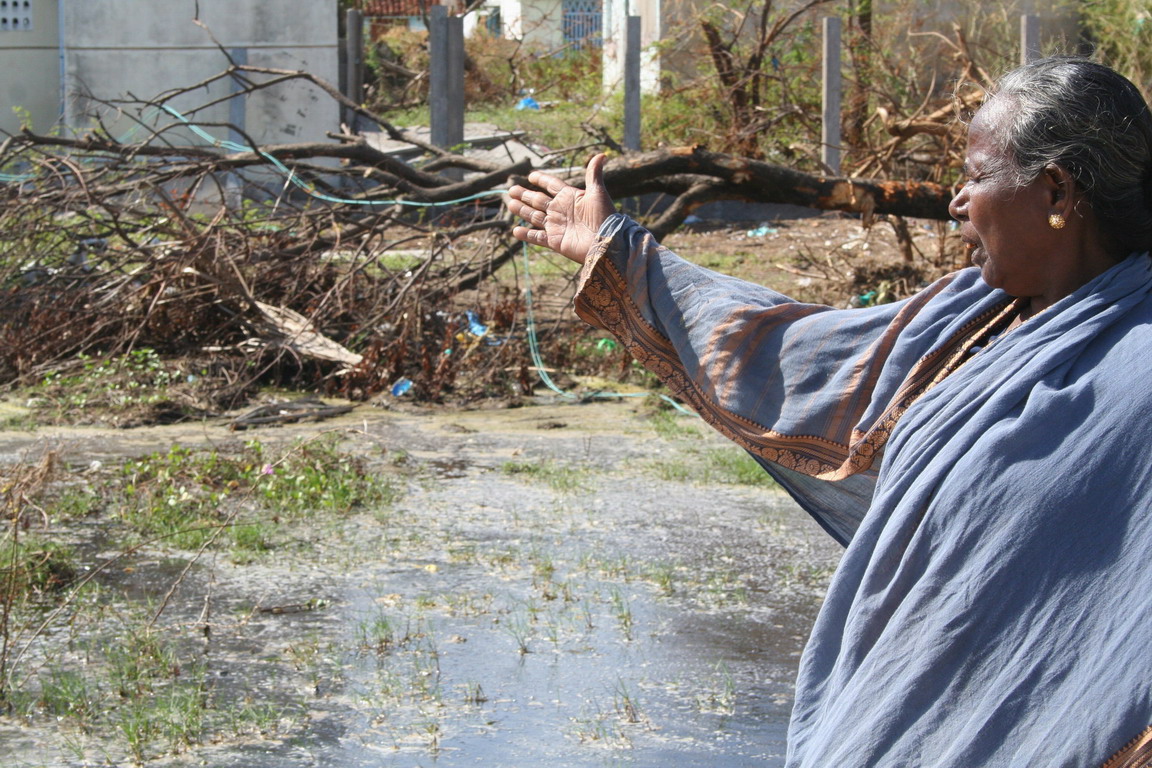By Mihir R. Bhatt, AIDMI, India
Addressing displacement in a sustainable way is a key challenge for effective and sustainable climate action. Efforts in this direction need to be accelerated, extended, and fully and substantially supported. The following are ten ways to achieve this, drawn from the contributions in this publication.
- Strengthen the Protection of People Displaced in the Context of Climate Change: Create and implement global, regional and national frameworks that ensure rights-based protections for climate-displaced individuals, including those crossing international borders. Address current legal gaps to provide safe and dignified mobility pathways.
- Integrate Mobility into Climate Policy Agenda: Mainstream displacement into National Adaptation Plans (NAPs), Nationally Determined Contributions (NDCs), and other climate strategies, recognizing human mobility as both a consequence of and an adaptive response to climate change.
- Empower people on the move to lead on Adaptation: Directly engage all people on the move, in particular women and those living and working in irregular conditions, in adaptation planning and implementation, adopting participatory and intergenerational approaches to address their unique vulnerabilities and capacities.
- Operationalize Technical Assistance to Avert, Minimize and Address Displacement: Expand the scope and capacity of the Santiago Network to provide targeted, demand-driven support to face displacement challenges, including risk assessments, technical assistance, and capacity building for governments.
- Ensure Equitable Climate Finance for the Displaced: Streamline access to climate finance through mechanisms like the Fund for Responding to Loss and Damage (FRLD), prioritizing community-led, gender-responsive, and locally tailored solutions for displaced populations.
- Enhance Data Systems to Support Decision-making: Standardize and harmonize global methodologies for collecting and tracking data on climate displacement, focusing on its scale, duration, and impacts. Leverage such data to guide resource allocation, as well as loss and damage assessments.
- Bridge Socio-Political Gaps between Displaced and Non-Displaced Population: Recognize socio-political drivers of displacement, such as inequality and governance issues, and integrate disaster risk reduction, development, and climate policies to address underlying vulnerabilities that displacement amplifies and perpetuates.
- Prioritize Marginalized Groups within the Displaced: Focus on the needs of vulnerable populations, such as women, Indigenous peoples, children, and those living in poverty. Ensure their inclusion in governance, planning, decision-making, and resource mobilization on displacement.
- Leverage Migration as Adaptation: Facilitate safe and dignified migration as an adaptive strategy through regional agreements, bilateral partnerships, and enhanced mobility pathways that respect human rights and dignity.
- Advocate for Centrality of Climate Mobility on COP30 Agenda: Build on progress made at past COPs by promoting displacement as a central issue at COP30 and beyond. Develop inclusive, and actionable local agendas with a coalition of stakeholders to ensure continued momentum on climate mobility.
As highlighted by the contributions in this issue, it is urgent to set up systems that will enable all people mentioned above to move in the context of climate change to lead future climate action. Ensuring that men and women displaced and on the move can shape all decisions on mitigation, adaptation and loss and damage will allow us all to set up more just systems that are better able to address the challenges that lay ahead.
